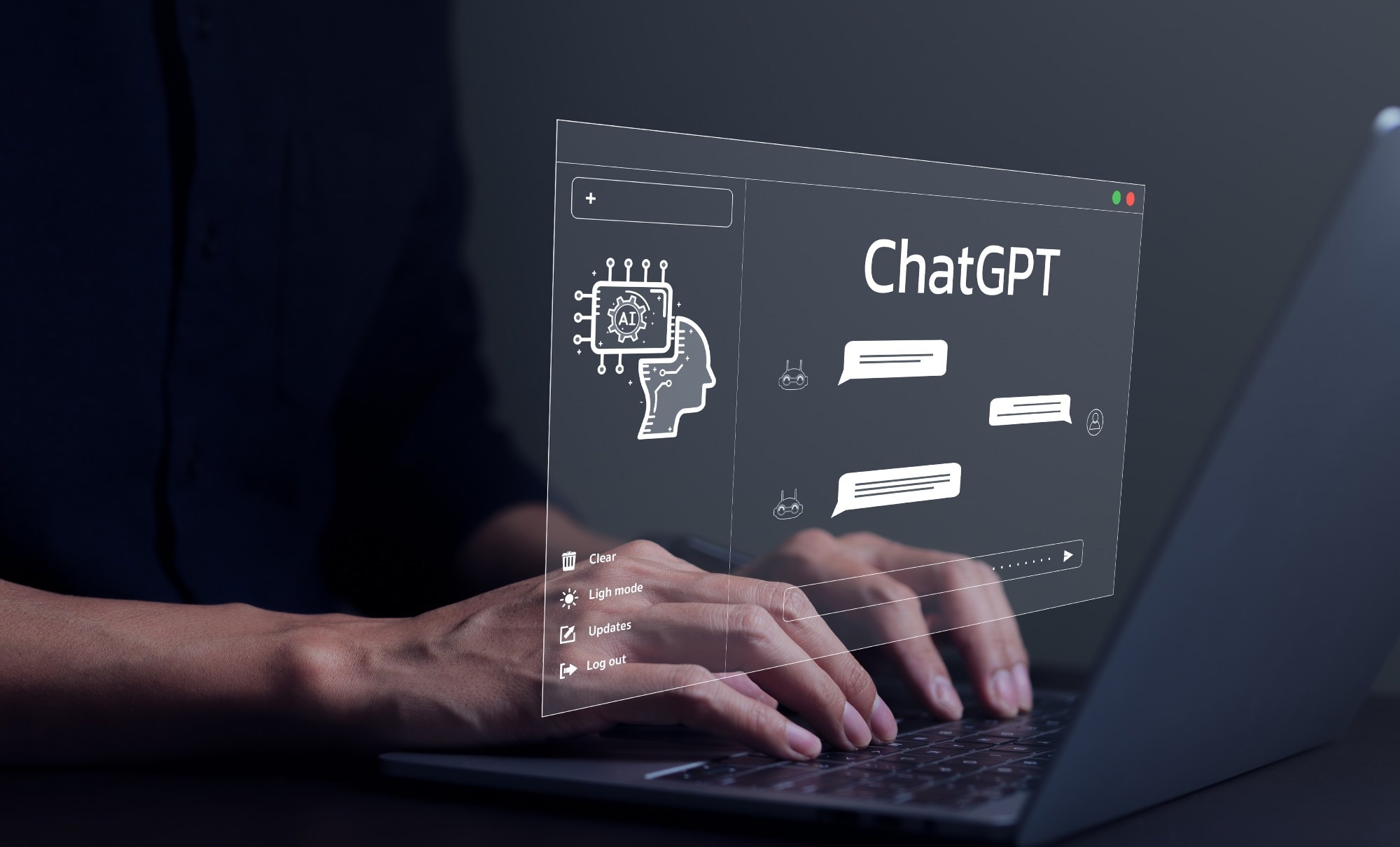In a recent study published in Applied System Innovation, researchers investigated the potential of ChatGPT application as a knowledge-enhancement tool in the nutrition domain.
 Study: ChatGPT as a Virtual Dietitian: Exploring Its Potential as a Tool for Improving Nutrition Knowledge. Image Credit: SuPatMaN/Shutterstock.com
Study: ChatGPT as a Virtual Dietitian: Exploring Its Potential as a Tool for Improving Nutrition Knowledge. Image Credit: SuPatMaN/Shutterstock.com
Background
ChatGPT, a breakthrough artificial intelligence (AI) technology, is transforming nutrition and health. Unlike other diet apps, it provides tailored nutrition instruction to those seeking information and guidance through a dynamically interactive interface.
ChatGPT could improve clinical decision-making, streamline administrative processes, and optimize resource allocation.
Despite the abundant literature on ChatGPT applications in health and medical sciences, there is a lack of understanding of its unique potential and limits concerning nutrition. Given the growing frequency of nutrition-related disorders, it is vital to emphasize a thorough understanding of nutrition.
Existing studies are focused on health disciplines such as nursing, microbiology, radiography, medicine, and parasitology. Further research is required to determine the possible applications and limits of the AI-based ChatGPT tool related to nutrition.
About the study
In the present study, researchers investigated whether ChatGPT could be used to virtually improve nutrition knowledge based on previous research in related domains.
ChatGPT applications and advantages as a virtual dietary tool
ChatGPT, a conversational AI tool, could be valuable for individuals lacking professional expertise related to nutrition. Despite lacking specialized training, ChatGPT has attained scores near the cutoff for clearing the United States Medical Licensing Exam (USMLE) exams.
ChatGPT can provide recommendations based on language processing and advanced algorithms, helping users increase their diet diversity, identify new food recipes, and optimize their calorie intake. However, ChatGPT cannot schedule tasks or manage calendar events, essential features of meal-planning applications.
Users can ask questions about different food categories and the importance of certain nutrients or get answers to common dietary myths.
ChatGPT can mimic the underlying algorithms and formulas used in assessment tools and calculators, such as calculating total daily energy expenditure based on height, weight, age, gender, and activity level.
ChatGPT uses a unique method of learning and distributing information, acting as a user-friendly learning platform where users may interact with nutrition education content. Its strength is its capacity to respond quickly and effectively to user inquiries, providing a personalized and dynamic learning experience.
ChatGPT assistance to the nutrition care process
ChatGPT is a vital tool in the Nutrition Care Process (NCP) that may help with various nutritional issues. It can provide general data on nutritional recommendations, evaluate individual dietary requirements, guide body composition, provide tools for nutritional evaluation, and elucidate common nutrition-associated medical conditions and their risk factors.
Concerning Nutrition Diagnosis, ChatGPT can offer scientific evidence-based dietary diagnoses for commonly observed conditions, identify nutrition-associated issues, explain the importance of nutritional diagnoses to develop interventions, identify probable comorbidities, and document dietary diagnoses in standardized formats.
ChatGPT can provide elementary dietary advice, individualized meal planning, recipe modification ideas, behavior change approaches, meal frequency, and portion size control to manage weight during the Nutrition Intervention phase.
Concerning Nutrition Monitoring and Evaluation, ChatGPT can aid in establishing measurable targets for nutrition interventions by providing tools to track dietary intake, lifestyle factors, and physical exercise, analyzing nutritional information, identifying challenges, and providing resources to conduct follow-up evaluations and adjust interventions.
ChatGPT limitations
ChatGPT, a system that attempts to provide individualized nutrition advice, lacks the skillset of dietitians and nutritionists. These experts not only offer nutritional advice but also emotional support. The ChatGPT interface does not follow the functionality and structure of a traditional food diary, making it more difficult to retrieve and analyze prior food intake information.
ChatGPT cannot also check whether the meal plan’s suggested food has been eaten, increasing the difficulty for ChatGPT users to track their food intake. Incorrect responses, coordinated nutrition services, hands-on demonstrations, physical examination, verbal and nonverbal cues, emotional and psychological aspects, real-time monitoring and feedback, wearable device integration, and ethical and privacy concerns are among the ChatGPT limitations.
It also lacks a specific and certified nutrition database, instead depending on various publicly available sources to retrieve nutritional information.
Coordinated nutrition services and interdisciplinary teams of specialist professionals are frequently required for comprehensive and individualized nutrition management. ChatGPT can neither physically demonstrate activities involving direct manipulation of items nor evaluate anthropometric measurements to assess nutritional status and identify appropriate dietary treatments.
Based on the findings, ChatGPT, as a supplement tool in the nutrition sector, can potentially improve nutrition knowledge. However, further study is needed to enhance its powers. ChatGPT requires expert validation for accurate and trustworthy information.
Despite its large dataset, ChatGPT may generate outdated or inaccurate data, potentially compromising precision, dependability, and accuracy, which are critical in artificial intelligence-driven applications.
